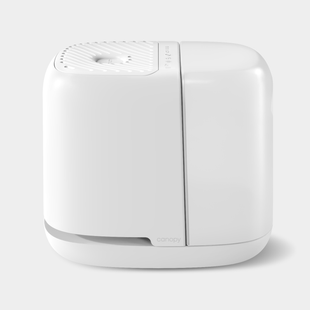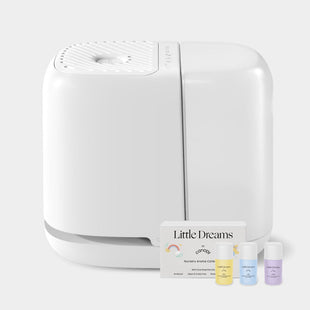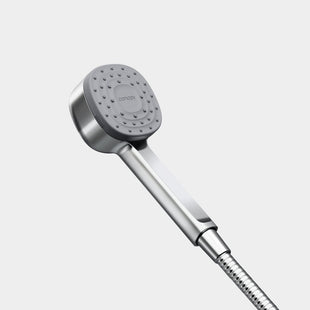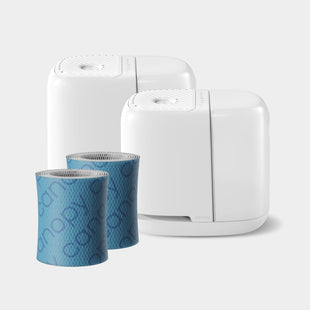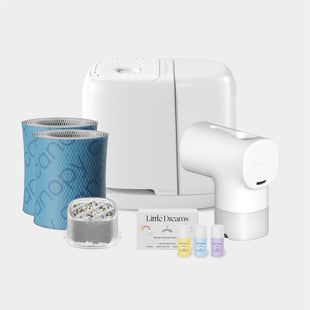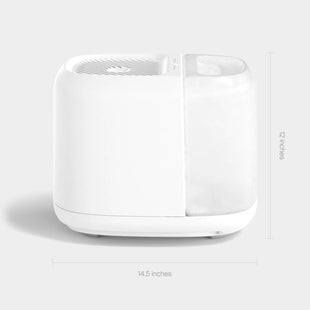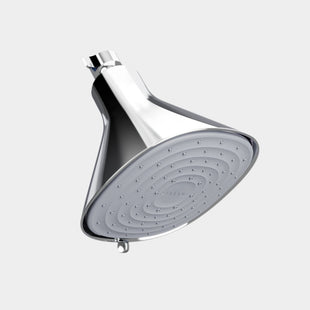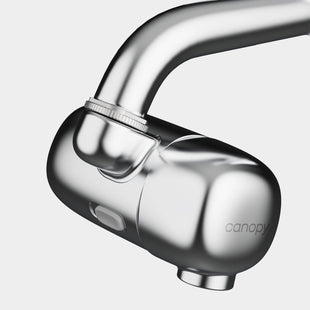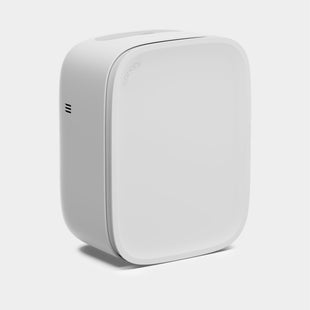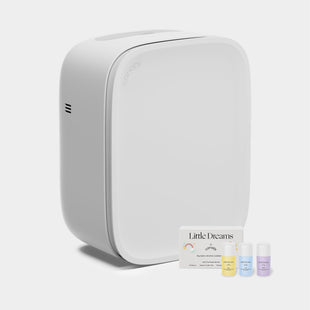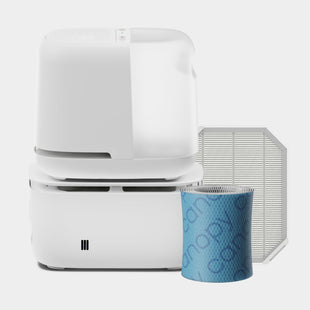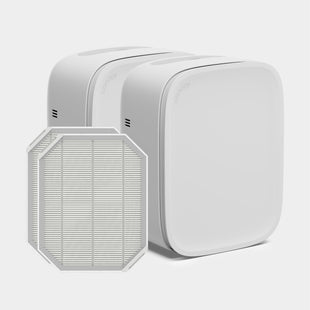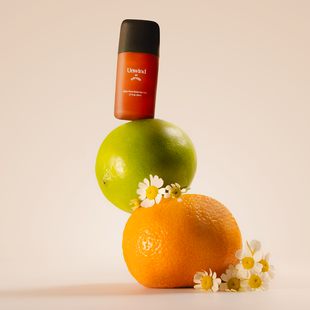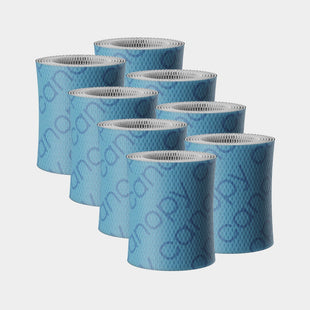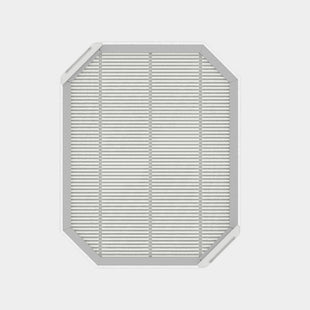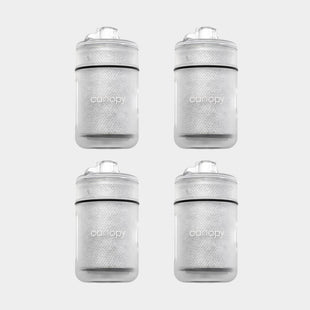Humidity plays a crucial role in your overall health. Generally, Mother Nature regulates humidity levels through shifting seasons to create a natural balance for all living things.
Sometimes, however, our home environment goes “rogue” and humidity levels get wonky. When this happens, a humidifier or a dehumidifier comes in handy to restore homeostasis.
What is a Humidifier?
A humidifier is a device that releases moisture into the air to increase relative humidity (RH).
Humidifiers are generally classified into three categories: ultrasonic, evaporative, or steam-based. Each category of humidifier releases moisture into your space though the technology varies.
Ultrasonic humidifiers vibrate a metal diaphragm at sonic speed to create water droplets, which are fanned into the room.
Evaporative humidifiers suck air from the surrounding room into the device. This air is passed through a moistened wick, which binds water droplets to the air molecules. The newly moist air is then fanned back into the room.
Steam based humidifiers boil water from a tank reservoir into vapor. This vapor is released into the room with a slightly elevated temperature.

What is a Dehumidifier?
A dehumidifier is the polar opposite of a humidifier. While a humidifier increases RH in a particular environment, a dehumidifier reduces RH and removes excess moisture in the air.
Dehumidifiers work by sucking warm, humid air from a room into the device. This humid air runs over a cold, metal coil, which condenses the moisture into liquid form. This condensation drips through a pipe into a water tank while the fresh, moisture-free air is fanned out through the device and back into the room.
A dehumidifier is a great tool for your home, particularly if you live in warm, tropical climates or if you recently suffered a moderate to severe pipe leak or flooding in your home. The dehumidifying device will help to remove excess moisture in the air, which accelerates the drying process and prevents the growth of mold or bacteria.

Similarities and Differences
The end goal of both a humidifier and a dehumidifier is the same: achieve optimal relative humidity. But, the similarities end there.
A humidifier and a dehumidifier serve opposite functions. A humidifier will increase the relative humidity of a space to counteract dry conditions while a dehumidifier decreases the relative humidity of a space to combat excessive moisture.
Usage
Generally speaking, unless you live on a tropical island or an iceberg in Antarctica, you will need both a humidifier and a dehumidifier in your wellness toolkit.
These devices bode well when used seasonally, though your environment and circumstance may warrant alternative usage. A humidifier is beneficial all year round. In the winter months, cold air and high winds reduce environmental moisture. In the summer, many people use air conditioning which can lower the relative humidity indoors. A dehumidifier is useful during the warmer months in certain areas when humidity levels skyrocket and excess moisture in the air makes living conditions uncomfortable.
The Health Benefits
A true Goldilocks scenario, humidity must be just right to maintain a healthy environment.
Humidity levels that are too low can cause dry skin, congestion, sore throat, nose bleeds, accelerated skin aging, and more. Humidity levels that are too high interfere with transepidermal water loss (TEWL), preventing the body from properly cooling itself and leading to overheating. The side effects of overheating are fatigue, light-headedness, muscle cramps, and more.
In addition to overheating, high levels of humidity create a breeding ground for bacteria, viruses, dust mites and mold. If you suffer from allergies or asthma, these “triggers” can cause severe episodes.
Humidity levels between 40% and 60% are considered “optimal” to reap the full health benefits. So, what exactly are the health benefits of humidity within an optimal range? Let’s go through the key categories.
For Asthma
As mentioned above, high levels of humidity breed asthma triggers like dust mites and mold; these triggers can worsen common asthma symptoms or cause recurring asthma attacks. On the other hand, low levels of humidity can dry the nasal passage causing congestion, which can also trigger an asthma attack.
Incorporating a humidifier or a dehumidifier in your home can help to reduce your chances of experiencing an asthma attack or at least ease your asthma symptoms. Additionally, incorporating an air purifier in your home can further benefit asthmatics by reducing common household allergens.
For Allergies
Calling all allergy sufferers!
If you suffer from moderate to severe allergies, excess humidity can exacerbate your allergy symptoms. If humidity levels in your home plunge below 40%, however, this can also worsen your allergy symptoms. It seems like you just cannot win, doesn’t it?
Fortunately, regular use of a humidifier or dehumidifier in your home can help to keep your allergy symptoms at bay by regulating mucus membranes, clearing congestion, and preventing bacteria and mold from triggering an allergy attack.

For Skin
You have undoubtedly experienced the effects of low humidity on your skin at some point in time. Dry conditions can lead to skin cracking, bleeding in severe cases, and Psoriasis or Eczema flare-ups.
Higher levels of humidity can also cause a host of skin conditions. Excess moisture is not only a breeding ground for bacteria in your home, but also the surface of your skin. If you suffer from existing acne or cystic acne, higher levels of humidity can trigger new breakouts.
Placing a humidifier or a dehumidifier in your home can drastically improve your overall skin health over time.



